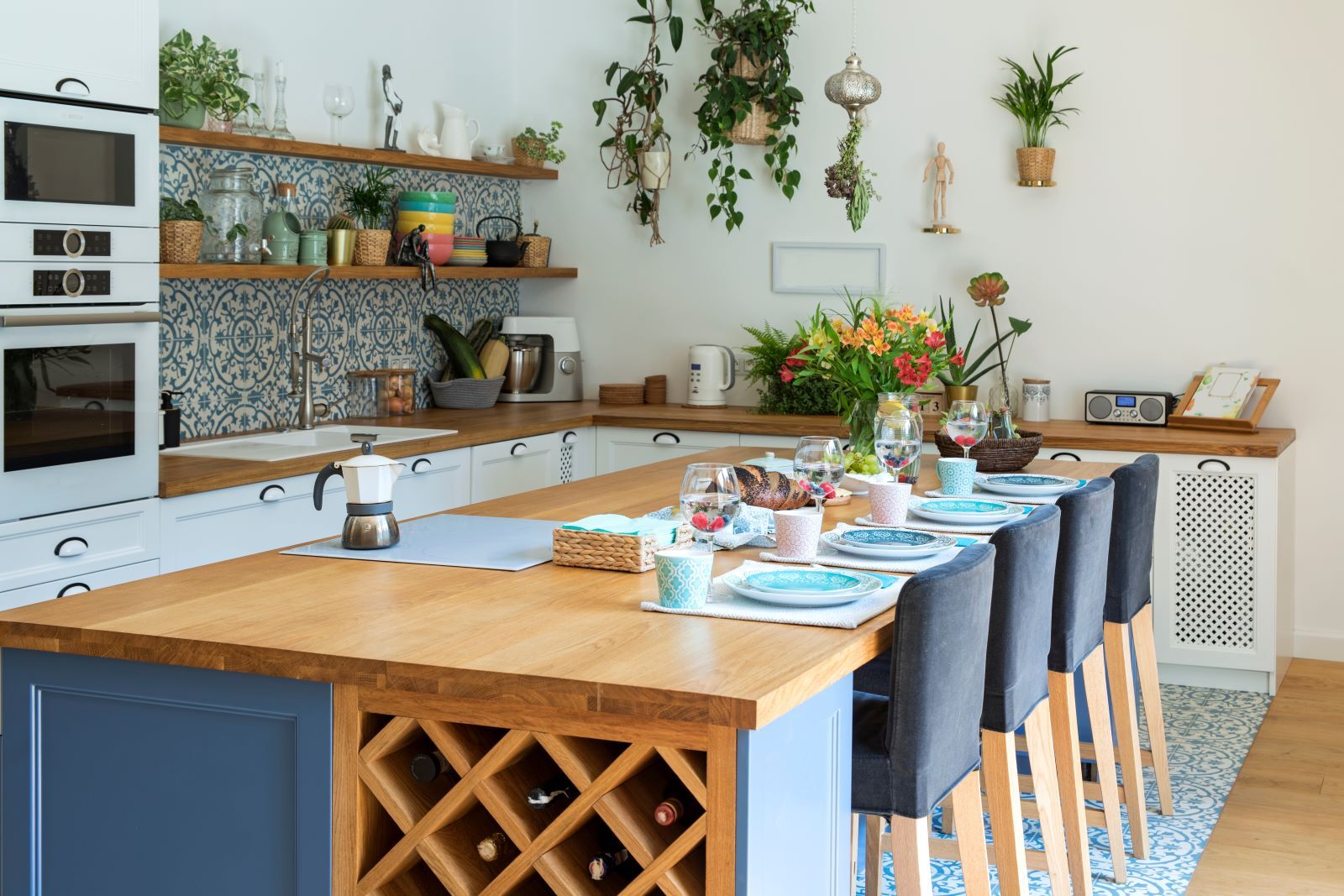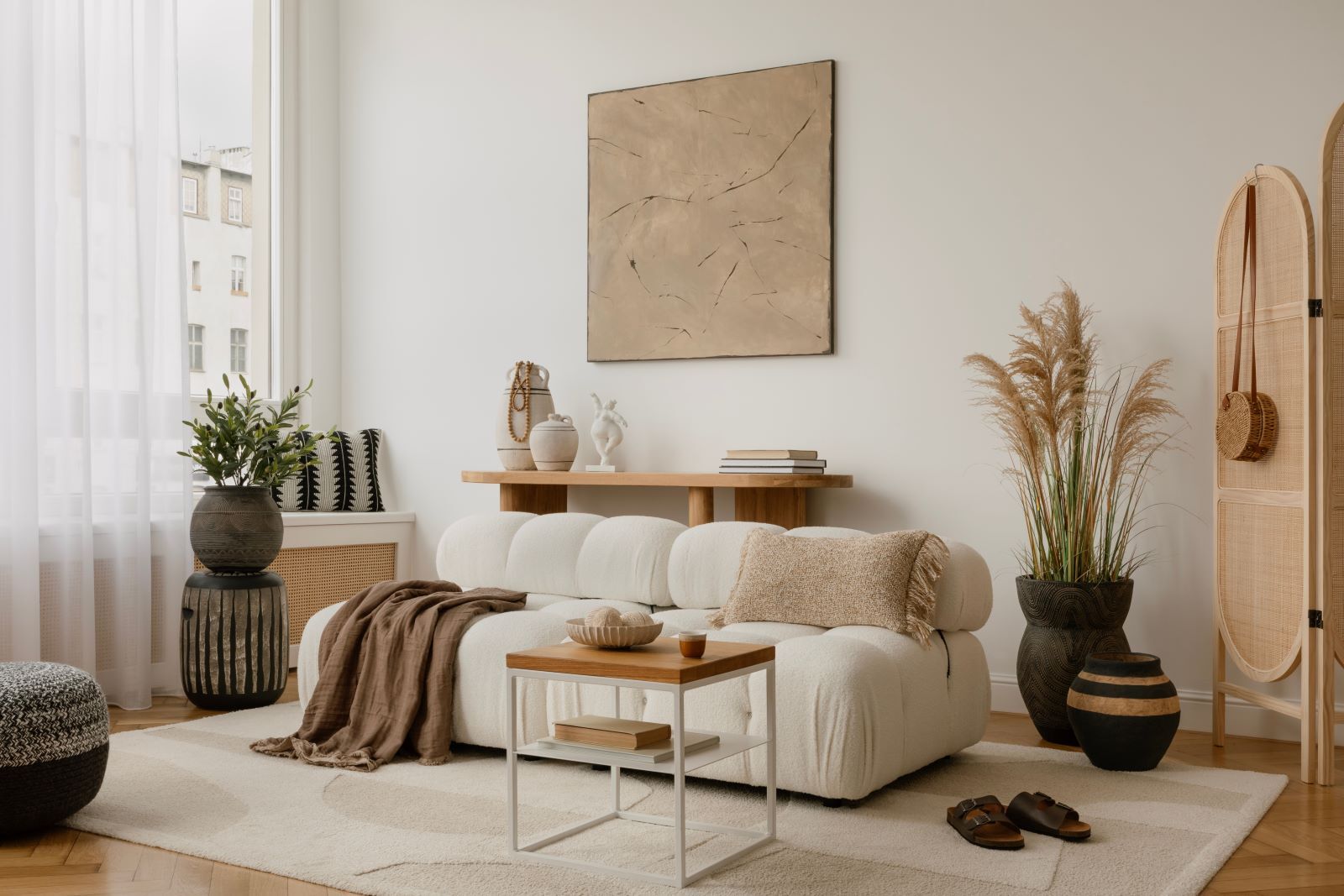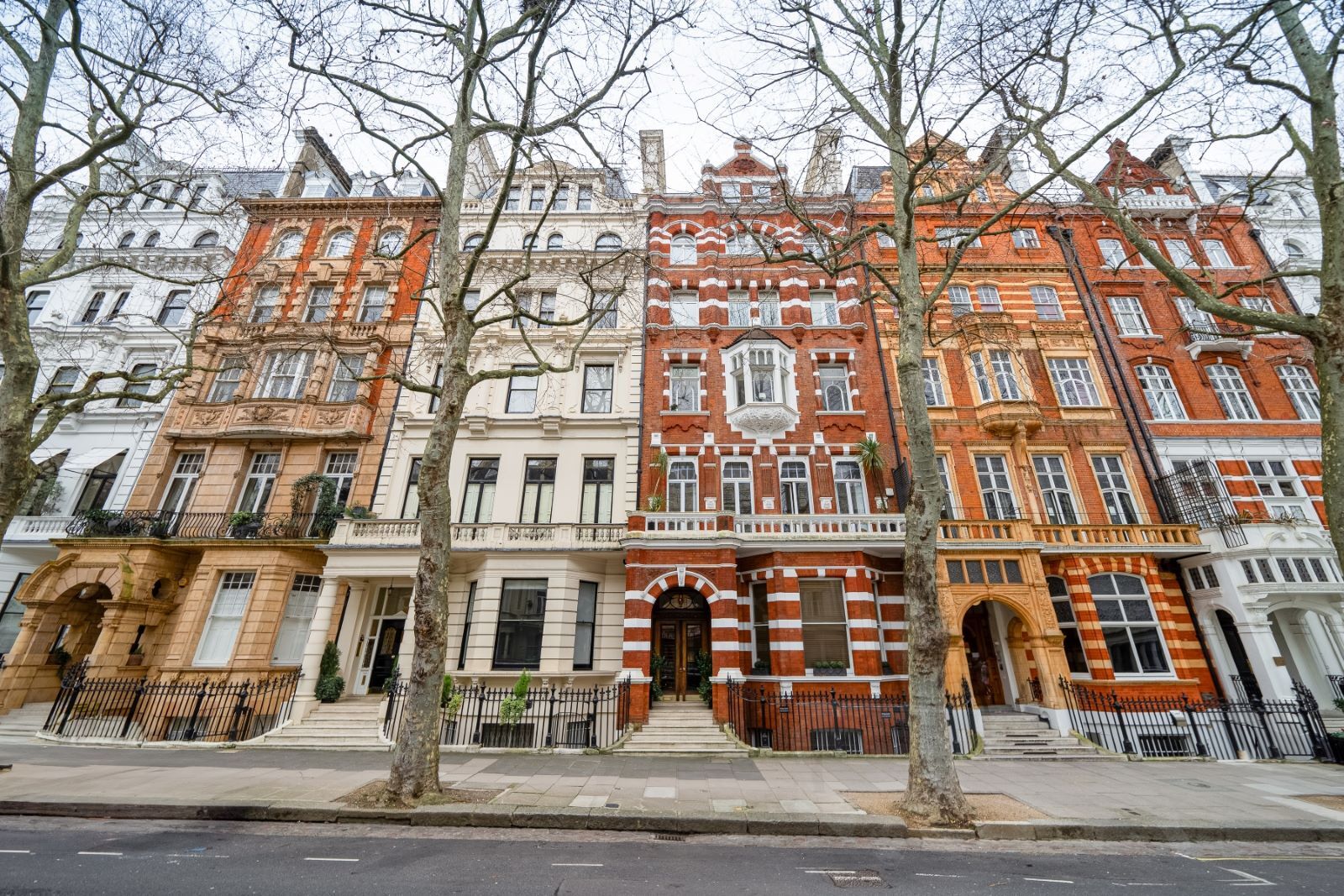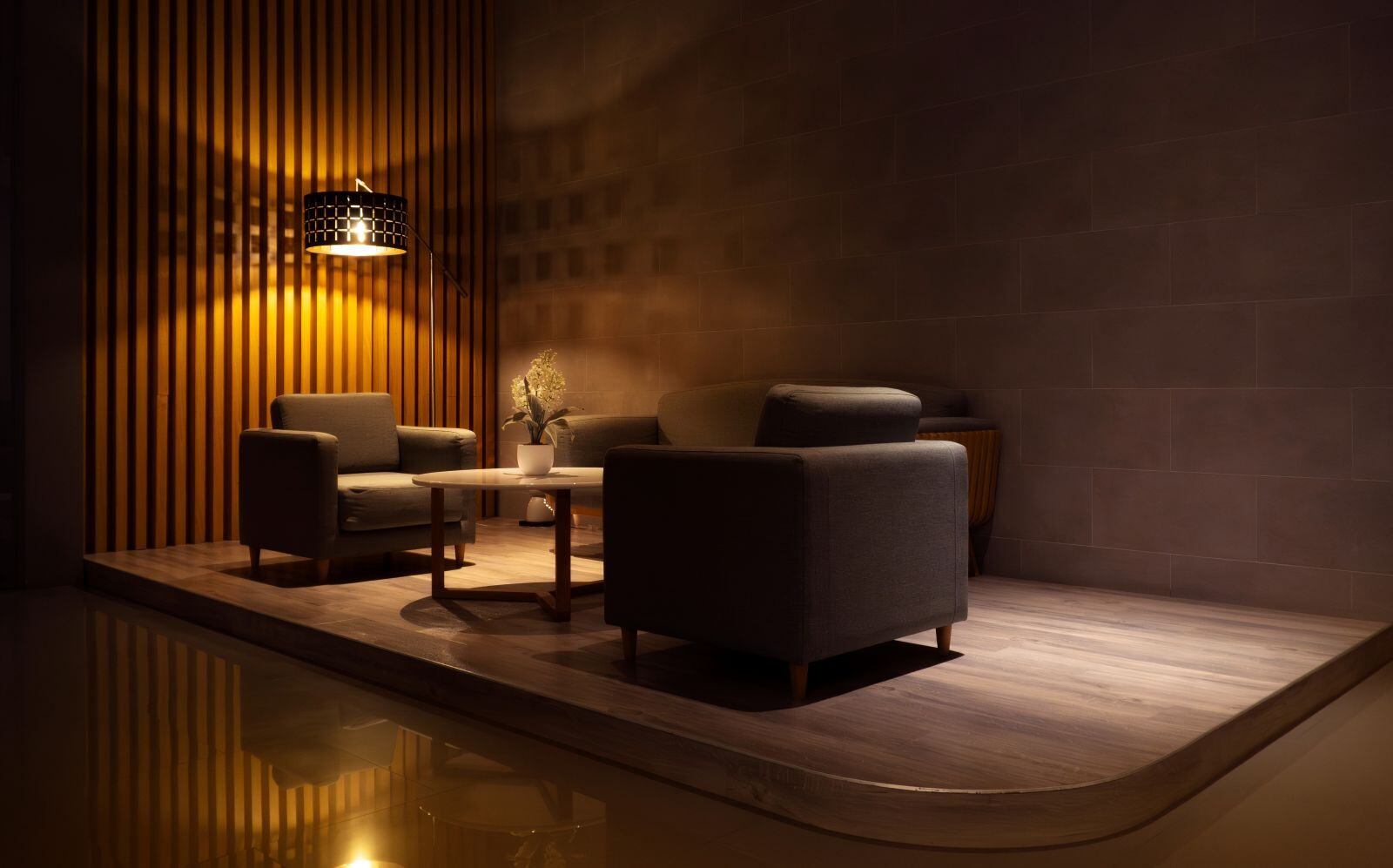Eco Houses - Our Homes Are Our World
The design and functionality of our homes have always been a response to the environment that surrounds them. Ever since humans decided to stay in one geographic place to create communities together, instead of roaming the land, this idea has driven the kind of built environment that appears. They have had to attend to the weather, creating roofs and shelter to stay water-tight and secure. They have had to stay mindful of the materials available to them, creating entire crafts and practices using what the natural world has to offer. And, importantly, they have developed an entire aesthetic and remarkable beauty that often serves as testament to our collective ingenuity and imagination.
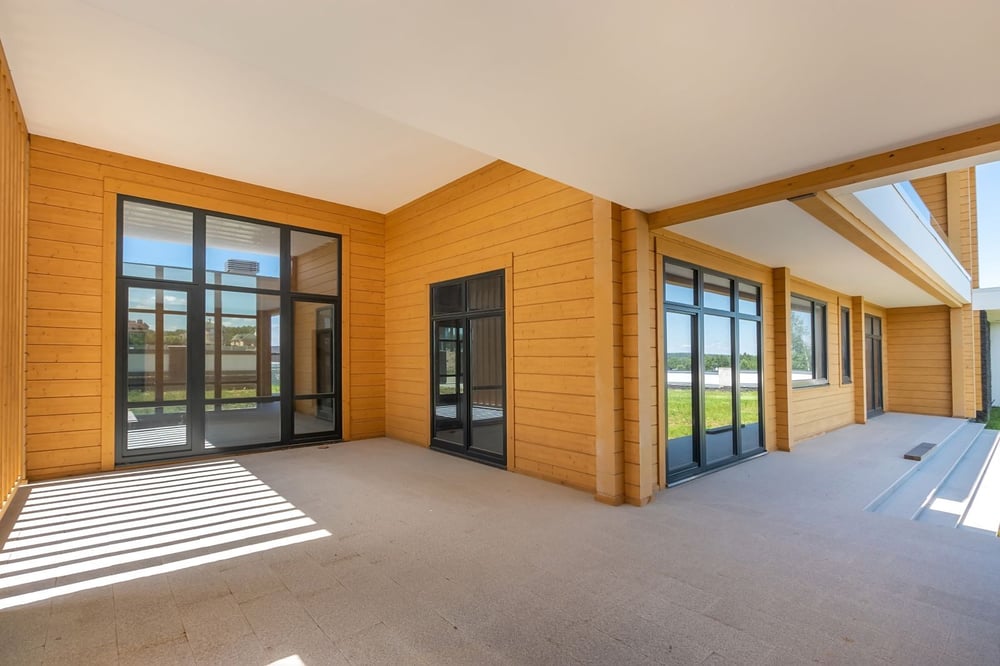
An Evolution is Required
From the incredible early Bedouin settlements of the Middle East to the post-modern palaces of 21st century Europe, there is a defining elegance of thought and visual appeal to what our homes do for us all. As the architect Le Corbusier once famously said, ‘A house is a machine for living in,’ and that machine must be able to adapt to the changes that our impact on the planet has brought about.
What Defines an Eco House?
The 21st century has seen a real and necessary upsurge in eco house development. It is no longer enough to fix solar panels on the roof and simply pay lip service to sustainability. The form and function of homes have to coalesce in a way that drives low-impact methods and materials for our planet, with the highest quality and style for its owners and residents.
Thermal Performance
Architects would refer to this as a ‘fabric-first’ approach with well-insulated walls that are airtight with suitable glazing to maintain a suitable temperature balance in all weathers, without relying as much on energy from mechanical sources.
Passive Design
Awareness of the site that new eco homes are to be built upon should inform every element of design. Maximising natural light and passive solar gain in winter while shading elements of the home in summer is a key goal, with cross ventilation also promoted to keep fresh air circulating without requiring air conditioning.
Renewable Energy & Low Carbon
Battery-powered solar energy systems and heat pumps are rapidly becoming the eco-home standard. Their ability to reduce energy use has a huge impact without sacrificing comfort or power, even in sun-poor geographic locations.
Water Efficiency
One of the most striking themes of climate consciousness is water scarcity. Integrating rainwater harvesting and installing low-flow taps and showers is a great start to addressing this. Reusing the grey water (non-sewage) that makes up around 70% of a household's use is also a safe and innovative way of approaching self-sufficiency for this vital utility.
Biodiversity
The landscaping of new eco homes and developments must involve native planting schemes, wildflower meadows and living, green roofs where possible. Not only do they increase thermal performance and reduce flooding risks, but they also add to the overall wellbeing of both the home and its owner.
Designing the Dream Eco House
The design strategy for an ideal eco home should begin with some fundamental considerations. If you are at the planning stages with a land purchase or remodelling project, then it helps to keep the following ideas in mind during discussions with your architect, designer and key figures from your building team.
Shape & Layout
Rectangle or L-shapes with multiple storeys give the most productive and compact footprint possible. Always orient the main living areas south to capture maximum light and warmth and elevate the possibilities of subsequent lighting design.
Fabric
Insulation for walls, roofs and floors is a first-fix priority. Using sustainable and responsibly sourced, or even reclaimed, materials for cladding on external walls is highly recommended where appropriate and possible.
Systems
Implementing air or round source heat pumps removes the fossil fuel reliance of gas boilers and traditional heating systems. This can be easily augmented and optimised by choosing low-energy appliances and lighting throughout the entire space when you reach the interior design phase. Small incremental changes like this eventually add up to a huge positive impact.
Future Proof
One of the most impressive aspects of eco home design is the speed of innovation. Ensuring that your new home or remodel is built towards a more sustainable future with considerations for long-term developments is a key factor. Adaptable internal layouts are a great way to achieve this, making space to accommodate changing lifestyles as they appear.
Look Towards Lark Rise for Inspiration
Lark Rise in Buckinghamshire is home to a wonderful indication of how attractive eco design can actually be. This detached and all-electric 2-bedroom guest house is now almost ten years old and was the first to gain Passive House Plus certification in the country. Bere Architects made it as a beacon for those looking to a brighter, eco-friendly future for house design with a place that produces enough renewable energy to even surpass its own needs and requirements.
Understanding the Challenges
The comprehensive and rigorous building standards that are now the accepted gold standard for eco homes, such as Passivhaus and Net Zero, can undoubtedly be challenging to reach. It is also good practice to acknowledge that the initial costs involved are significantly higher than those of traditional building methods. However, with much lower energy costs and a drive towards greater autonomous infrastructure and efficiency, the gains are evident in using this long-term approach. Also, there is an undeniable responsibility that lies on the shoulders of those capable of pushing the boundaries of eco-home methodology and processes. As high-end home builders and individuals become the patrons of what is possible, new design adaptations will surely begin to emerge.
Architects and designers will then find the freedom to work within the boundaries of sustainability, and a new aesthetic will appear that may come to define this new era of home design. Just as the master builders of the Renaissance looked to combine the form of the old world with the function of the new, 21st century house design will establish new and remarkable ways to marry beauty with purpose for our homes.
